Minimalism took the interior world by storm. With its clean lines, decluttered aesthetic, and functional appeal, it is now the hippest style for houses today, interior design & turnkey solutions. But despite all its sophistication, minimalism sometimes appeared sparse, chilly, or sterile unless judiciously balanced. And that is where pastels come in.
Interior designers would usually refer to pale pinks, bluish hues, pale greens, and pale yellows as pastel colours to provide personality to minimalist environments without disrupting the harmony. But what makes pastels rank number one on their list? Let us discuss the reasons why pastels are absolutely perfect for minimalism.
Pastels Add Warmth Without Overpowering
Perhaps the greatest danger of minimalist interior design is making it too sterile or empty. In highlighting whites, greys, and neutrals, minimalism can make a room feel chilly. Pastels are the ideal choice.
Pastels such as blush pink keep what appears to be understated vibrancy and warmth without warping the peaceful look. Gorgeous, pastels aren't strong, and because of this fact, they're not garish or harsh but can be placed on a plain design in a second. They add just barely enough colour without disrupting the quietness of the area.
Pastels Add to the Feeling of Space
Minimalist style is also dependent on the perception of airiness and openness. Pastel colours do so naturally as well. Light colours tend to reflect light naturally, making rooms seem larger and lighter.
For instance, pale peach furniture or lavender pastel walls don't just look sophisticated; they create the illusion of a bigger room with a light and calming ambiance. That is something designers appreciate, because that reinforces one of the fundamental tenets of minimalism even more: creating spaces that are airy and uncluttered.
They Preserve Neutrals
Minimalism prefers to be practically dominated by white, beige, grey, or black neutral tones. Pastels go with these colours effortlessly. Throw a pale pastel green blanket over a white couch or pale yellow pillows on the grey wall, and the overall appearance is transformed instantly.
This combination is so successful because pastels have colour without sharpness. Pastels blend well into neutral backgrounds, and they bring visual richness without such sharp contrast. To the designer, this creates an environment where he or she can introduce personality with no sacrifice.
Pastels Allow a Calming Ambiance
Today, in this world where life moves at a rapid pace, people crave sanctuaries – like homes. Minimalism does it by eliminating clutter, but pastels do it one notch higher.
Psychologically, pastels completely tap into serenity and kindness. Calming blues with peace, calming greens with the outdoors, and peach with warmth and hopefulness. With minimalism, these hues transform rooms into tension-free spaces where human beings can relax.
Interior designers are cognisant of this therapeutic component and tend to suggest incorporating pastels into bedrooms, living rooms, or even office spaces to build an emotionally therapeutic atmosphere.
They Bring Flexibility to Naked Design
Minimalism is not clinical uniformity; it's clever simplicity. Pastels bring flexibility while doing so. They can be used in numerous ways by designers:
Accent walls: A soft pastel as a background can introduce vitality in an otherwise clinical space.
Furniture: A pastel sofa or dinner chairs are winners without dominating.
Decor accessories: Pastel-coloured pillows, rugs, vases, or drapes provide subtle colour blasts.
Artwork: White walls with abstract pastel prints quietly make a room shine.
The versatility permits designers to experiment without crossing minimalist boundaries.
Pastels Are Versatile Across Styles
Minimalism will usually be combined with other styles such as Scandinavian, Japanese (Japandi), or modern bohemian. Pastels are part of the power of one of those benefits because they also appear to get along with these hybrids.
For instance:
Scandinavian minimalism will often introduce warm but crisp pastel greys and blues to warm interior space.
Japandi interiors can use muted green and beige-pastel tones to add natural serenity.
Pale peaches and pinks blended with natural materials such as rattan or jute are the quintessential mark of contemporary boho minimalism.
Such diversity lends weight to pastels as the status of a useful design instrument for designers working on multi-style projects.
They Add Personality Without Clutter
One of the objections to minimalism is that sometimes it is just too impersonal. Pastels enable designers to convey personality in the design without clogging up the design.
A pale pink vase, a light blue throw pillow, or a mint green chair speaks volumes for the owner's personality in quiet, soothing tones. Saturated colours overwhelm, but pastels do not; rather, they quietly speak personality into the space.
Subtle story is but one of many ways designers adore working with pastels: they bring character to the house without compromising the spirit of minimalism.
Pastels Are Timeless But Trendy
Trendy interior design exists, but not pastels. Pastels were trendy decades ago, yet they do not age. They manage to reinvent themselves through the trends and designs, which makes them timeless.
All along, however, they are also suitable for modern tastes. The last few years have seen "millennial pink" and "mint green" trends most frequently as interior designs, which is resolute evidence that pastels are not just old-fashioned but also trendy. This two-sided nature makes them a safe but stylish option for minimalist home decor.
Conclusion
Spacia Inc., Minimalist bedrooms are a study in harmony less furniture, more functionality, and a calm, serene look. But they can be too white bread with not enough wisdom-splashed injection of colour. And that's where pastels enter the picture.
They are warm, reflect light to make space open, and bring a beautiful touch to neutrals, and they convey serenity and personality. From walls, to furniture, to accessories, pastels enable designers to craft minimal interiors that not only provide functionality, but are also inviting, expressive, and durable.
No wonder interior designers adore pastels for minimal interiors; they bring the ideal balance between minimalism and soul.
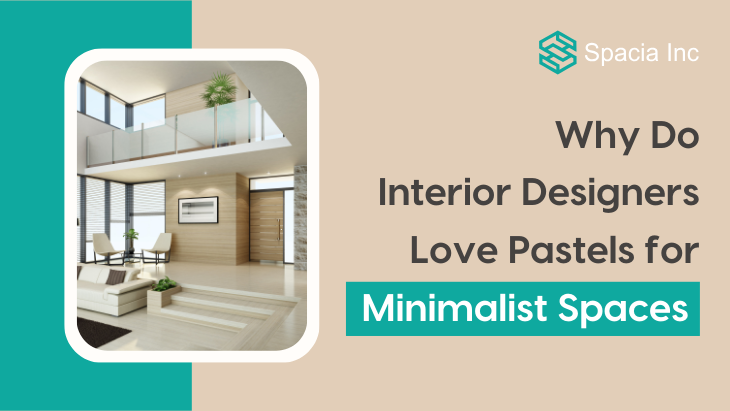
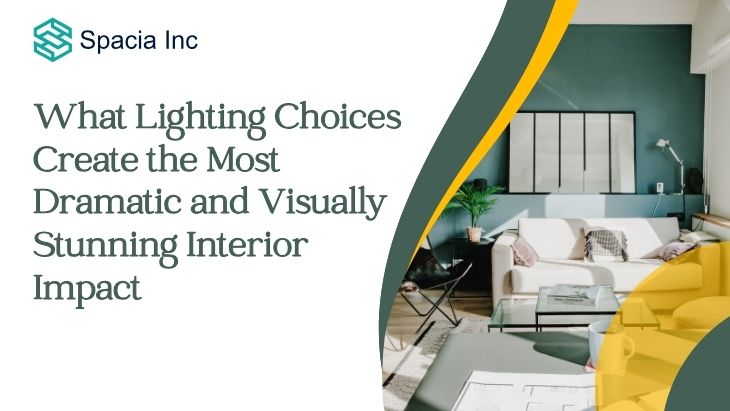
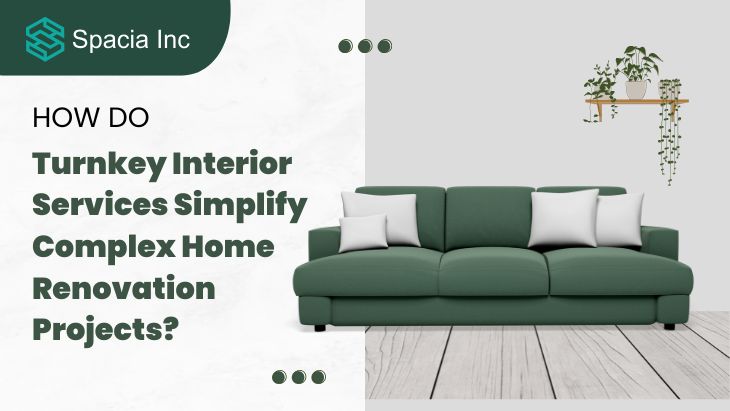
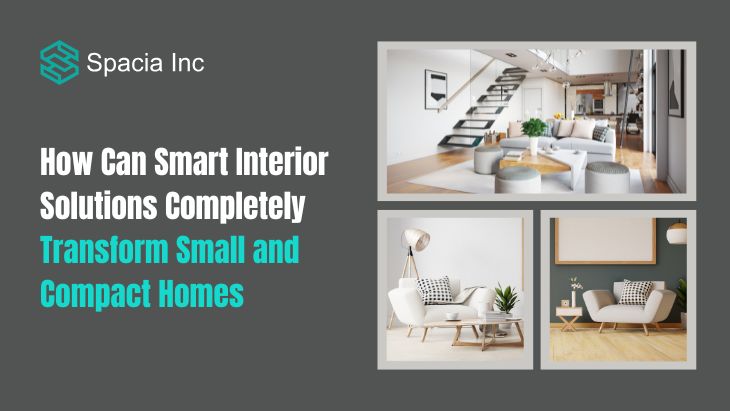
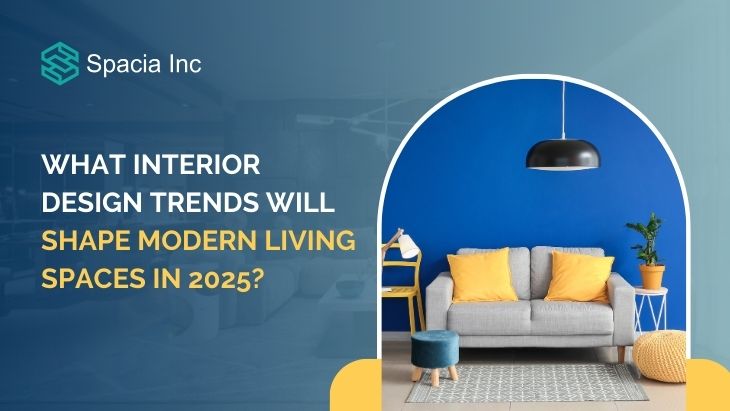
Leave a reply